The world has shifted. Offices dissolve into pixels on a screen. Suddenly, your power suit felt dated. Enter the era of the Zoom blouse, the athleisure legging, the "business on top, party on the bottom" aesthetic. Comfort became the new currency, the mute button your best accessory. But is this the end of the story? As we navigate the hybrid era, is workwear destined to be a sartorial shrug, a fashion non-sequitur? Or can we find a style that bridges the gap between boardroom and bedroom, a uniform for the woman who conquers conference calls in silk PJs and negotiates deals from her kitchen counter?
The concept of formal office attire has evolved over time, with distinct changes reflecting societal norms and workplace culture. In the past decades, there was a prevailing expectation of formal dress codes in professional settings. Suits, ties, and dresses were common for both men and women, symbolizing a sense of professionalism and adherence to a corporate image.
As the workforce diversified and cultural attitudes shifted, the strict formality of dress codes began to relax in the latter part of the century. The tech industry, for example, witnessed a more casual approach to work attire, with the emergence of "business casual" as a widely accepted norm.
The Rise of Remote Work and Associated Changes in Work Attire
- Emergence of Remote Work Trends: We are witnessing a significant shift in work dynamics with the rise of remote work. Advances in technology, increased connectivity, and a growing emphasis on work-life balance have contributed to the widespread adoption of remote work arrangements. This trend has been accelerated, especially in recent years, by global events that necessitated a reevaluation of traditional work structures. Remote work allows employees to perform their duties from locations outside the traditional office setting. This flexibility has been embraced by many organizations seeking to attract and retain top talent, improve employee satisfaction, and adapt to changing expectations of the workforce.
- Shift in Priorities from Formal to Comfortable Attire: One notable consequence of the rise of remote work is a shift in priorities when it comes to work attire. As employees spend more time working from home, the emphasis on formal office attire has diminished. Comfort has become a key consideration for remote workers, leading to a preference for more casual and relaxed clothing. Video conferencing tools have become integral to remote work, and this has influenced the way individuals present themselves virtually. While professionalism remains important, there's a newfound acceptance of a more relaxed dress code for virtual meetings. Business casual attire, or even more casual clothing, has become commonplace, breaking away from the traditional expectations of formal office wear.
This shift in attire reflects a broader cultural change, acknowledging that productivity and professionalism can coexist with comfort. As we continue exploring the impact of the hybrid work era, we'll delve into how organizations are navigating these changes in dress codes and employee expectations.
The Hybrid Work Model and Balancing Professionalism
- Explanation of the Hybrid Work Model: The hybrid work model is an approach that combines elements of both in-office and remote work. In a hybrid work environment, employees have the flexibility to divide their time between working at the office and working remotely. This model aims to provide the benefits of both worlds, allowing individuals to maintain face-to-face interactions while also enjoying the advantages of a more flexible work arrangement. Organizations implementing the hybrid work model often establish specific days for in-office collaboration and allow employees to work remotely on other days. This approach acknowledges the diverse needs and preferences of the workforce, contributing to increased job satisfaction and retention.
- Balancing Professionalism and Comfort in a Hybrid Work Setting: Balancing professionalism and comfort in a hybrid work setting poses a unique challenge for organizations. While the traditional office setting may have had clear guidelines for professional attire, the hybrid model requires a more nuanced approach.
- Flexible Dress Codes: Many organizations are adopting flexible dress codes that take into account the dual nature of the hybrid work model. On days when employees are in the office, there might be an expectation for more traditional or business casual attire. On remote work days, the dress code may be more relaxed, allowing for comfortable clothing.
- Communication and Guidelines: Clear communication and guidelines are essential to help employees understand the expectations regarding attire in different work settings. Providing guidance on what is considered appropriate for in-person meetings, virtual meetings, and remote work days helps set expectations and maintain a professional image.
- Individual Choice: Recognizing the individual preferences and cultural diversity within the workforce is crucial. Some employees may feel more productive and focused when dressed professionally, even when working remotely. Others may prioritize comfort without compromising their professionalism. Allowing for this diversity accommodates a range of work styles within the hybrid model.
As organizations navigate the complexities of the hybrid work era, finding a balance between professionalism and comfort is key to fostering a positive work environment. If you have any specific questions or if you'd like to move on to the next section, feel free to let me know.
The Significance of Video Conferencing in Remote Work
A. The Significance of Video Conferencing in Remote Work: Video conferencing has become a cornerstone of remote work, playing a crucial role in maintaining communication, collaboration, and a sense of connection among remote teams. Platforms like Zoom, Microsoft Teams, and others have become essential tools for virtual meetings, interviews, and team collaborations. As a result, the visual aspect of virtual interactions has gained prominence, influencing the way individuals present themselves in a professional context.
B. Virtual Dress Code Expectations and Etiquette: The rise of video conferencing has given rise to the concept of "Zoom blouses" and virtual dress codes. While remote work offers the comfort of one's home environment, it also brings the need for a level of professionalism during virtual meetings. Here are some considerations for virtual dress code expectations and etiquette:
Business Casual for Virtual Meetings: While the overall dress code for remote work may be more relaxed, there is often an expectation of business casual attire for virtual meetings. This might include wearing a collared shirt or blouse, even if the lower half is more casual.
Consideration of Background and Lighting: Beyond attire, individuals are encouraged to consider their background and lighting during virtual meetings. A clutter-free and professional background, along with good lighting, contributes to a polished and focused appearance.
Maintaining Professionalism: Virtual dress codes aim to maintain a level of professionalism in a remote work setting. This includes being mindful of grooming, avoiding distracting or inappropriate clothing, and presenting oneself in a manner consistent with the company's image.
Cultural Sensitivity: Virtual dress codes should take into account cultural diversity within the workforce. What might be considered professional attire can vary across cultures, and organizations should be sensitive to these differences.
Communication of Expectations: Organizations can enhance virtual dress code adherence by clearly communicating expectations to employees. Providing guidelines on appropriate attire for virtual meetings helps set a standard while allowing for flexibility.
The term "Zoom blouse" reflects the idea that individuals may prioritize a professional appearance from the waist up during virtual meetings. This trend underscores the evolving nature of professional norms in the hybrid work era.
The Theme of Individual Expression in Hybrid Workwear
A. Embracing Individuality in Remote and Hybrid Work Environments: One of the positive aspects of remote and hybrid work environments is the increased emphasis on embracing individuality. As traditional dress codes loosen, employees are empowered to express their personalities through clothing in ways that may not have been as feasible in a strictly formal office setting. This shift aligns with a broader recognition of the value of diversity and inclusion in the workplace.
Hybrid work environments, with a mix of in-office and remote days, provide individuals with the flexibility to choose attire that aligns with their personal style while meeting the expectations of the work setting. This emphasis on individuality fosters a more inclusive and authentic workplace culture.
B. Creative Ways Employees Express Themselves Through Clothing:
Casual and Comfortable Attire: With the relaxation of dress codes, employees often choose more casual and comfortable clothing that reflects their personal style. This might include casual tops, comfortable pants, or even athleisure wear on remote work days.
Personalized Accessories: Accessories offer a creative outlet for self-expression. Whether it's unique jewelry, colorful scarves, or stylish eyewear, employees can use accessories to add a personal touch to their work attire.
Statement Pieces: Some individuals choose to incorporate statement pieces into their hybrid workwear. This could be a bold jacket, a vibrant shirt, or distinctive shoes that convey personality and creativity.
Cultural and Artistic Influences: Employees may express their cultural or artistic influences through their clothing choices. This might involve wearing traditional attire, incorporating elements of cultural heritage, or showcasing art-inspired fashion.
Virtual Backgrounds and Filters: In virtual meetings, employees have creatively used virtual backgrounds and filters to express themselves. This could include backgrounds that reflect personal interests or filters that add a touch of fun to the virtual workspace.
The emphasis on individual expression in hybrid workwear not only contributes to a more inclusive work culture but also recognizes that authenticity and diversity are assets in a modern workplace.
The impact of the shift to hybrid work on the fashion industry.
A. Changes in Consumer Behavior Related to Workwear: The transition to hybrid work has significantly influenced consumer behavior in the realm of workwear. As individuals experience more flexibility in their dress choices due to remote and hybrid work settings, there has been a noticeable shift in the types of clothing that consumers are inclined to purchase. Some key changes include:
Rise in Casual and Comfortable Clothing: With the reduced emphasis on traditional office attire, there is an increased demand for casual and comfortable clothing. Consumers are seeking versatile pieces that seamlessly transition between home and office environments.
Focus on Hybrid Pieces: The concept of hybrid work attire has led to a demand for versatile clothing that suits both in-person and virtual interactions. This includes pieces that can be easily dressed up or down, allowing for flexibility in different work settings.
Emphasis on Individual Style: Consumers are placing a greater emphasis on expressing their individual style through workwear. The shift towards remote work has empowered individuals to choose clothing that aligns with their personal preferences and allows for self-expression.
Preference for Sustainable Fashion: There is a growing awareness of sustainability in consumer choices. People are more inclined to invest in high-quality, sustainable pieces that have longevity and can be part of a more minimalist and adaptable wardrobe.
B. Fashion Designers Adapting to the Demand for Hybrid Work Attire: Fashion designers and brands are adapting to the changing landscape of workwear, catering to the demand for hybrid work attire. Some ways in which the fashion industry has responded include:
Incorporating Comfort and Functionality: Designers are prioritizing comfort and functionality in their creations. This includes the use of comfortable fabrics, adjustable fits, and designs that seamlessly transition from work to leisure.
Creating Versatile Collections: Fashion collections now often feature versatile pieces that can be styled in various ways, catering to the diverse needs of individuals working in hybrid environments.
Digital-Ready Fashion: With the prevalence of virtual meetings, designers are considering the visual impact of clothing on screen. This includes attention to details like colors, patterns, and textures that translate well in a digital format.
Sustainable and Ethical Practices: Many fashion brands are aligning with the growing demand for sustainability and ethical practices. This extends to the production of workwear, with an emphasis on environmentally friendly materials and ethical manufacturing processes.
The impact of the hybrid work model on workwear has created opportunities for innovation within the fashion industry, encouraging designers to rethink traditional norms and cater to the evolving needs of consumers.
Addressing Challenges and Strategies
A. Addressing Potential Challenges in Implementing Hybrid Work Dress Codes: Implementing dress codes in a hybrid work model comes with its set of challenges, given the diverse work settings and individual preferences. Here are some potential challenges and ways to address them:
Diverse Work Settings: Employees working both in-office and remotely may face different expectations for dress codes. It's essential to establish clear guidelines for in-office and remote settings, emphasizing the need for professionalism during virtual meetings.
Cultural Sensitivity: Dress norms vary across cultures, and organizations must be sensitive to these differences. Consideration should be given to creating dress code policies that respect cultural diversity within the workforce.
Individual Preferences: Balancing individual expression with the need for a cohesive professional image can be challenging. Organizations may consider allowing some flexibility in dress codes while setting baseline expectations for professionalism.
Communication and Training: Clear communication is crucial when implementing hybrid work dress codes. Providing detailed guidelines and offering training sessions on virtual professionalism can help employees understand expectations and navigate the nuances of different work settings.
B. Strategies for Maintaining Professionalism in a Virtual Work Environment: Maintaining professionalism in a virtual work environment is vital for effective communication and collaboration. Here are strategies to uphold professionalism in the virtual realm:
Set Clear Expectations: Establish and communicate clear expectations regarding virtual dress codes and behavior during online meetings. This helps create a shared understanding among employees.
Encourage Background Consistency: Encourage employees to maintain a professional and clutter-free background during virtual meetings. This contributes to a polished and focused visual presence.
Provide Guidelines for Video Etiquette: Offer guidelines on video conferencing etiquette, including appropriate camera angles, lighting, and minimizing distractions. This ensures that virtual interactions maintain a professional tone.
Regular Check-ins: Conduct regular check-ins with employees to gather feedback on the effectiveness of virtual professionalism strategies. This allows for adjustments based on evolving needs and challenges.
Training Programs: Implement training programs that focus on virtual communication skills, including how to present oneself professionally on video calls. This can be especially beneficial for employees who may be new to remote work.
By proactively addressing potential challenges and implementing strategies to maintain professionalism, organizations can foster a positive and effective virtual work environment in the hybrid model.
Dynamic Nature of Work
The evolution of workwear in the hybrid era is a reflection of the dynamic nature of work and the ongoing interplay between tradition and innovation. Adapting to these changes fosters a resilient and vibrant work culture that prioritizes both professionalism and individual well-being.
You may also be interested in: LONDONTOWN Illuminating Nail Concealer, Pink, Vegan, Cruelty
Tired of staring at a closet full of clothes and feeling like you have nothing to wear? Our team of expert personal stylists, hand-picked for their diverse style sensibilities, understands the unique challenges real women face. We work magic with clothes you already own, or if needed, hand-pick pieces from our curated collection to build a wardrobe that's as individual as you are.
Book a Personalized Styling Session and watch your confidence soar as you discover your style that flatter your figure and make you feel amazing.
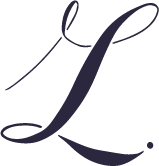
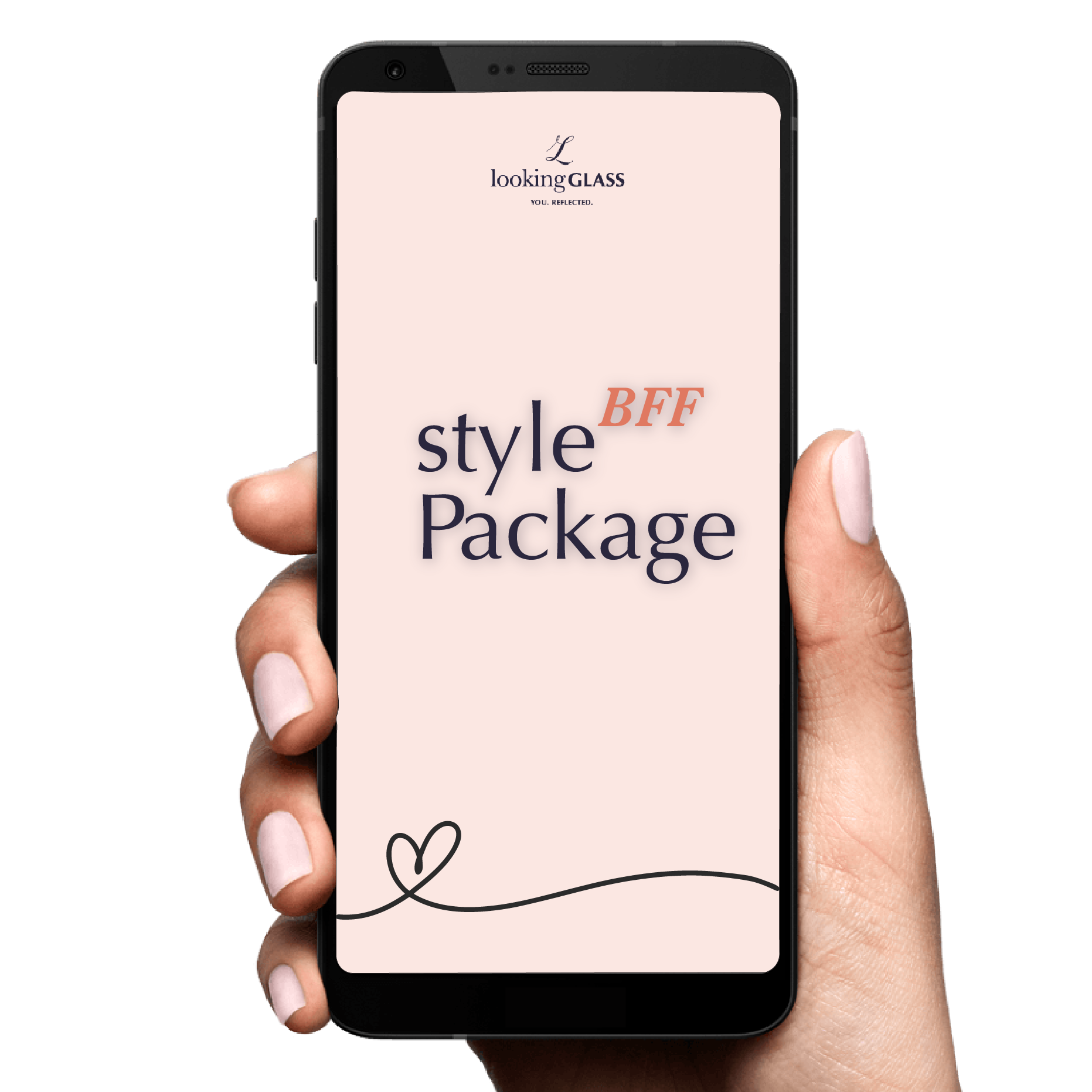
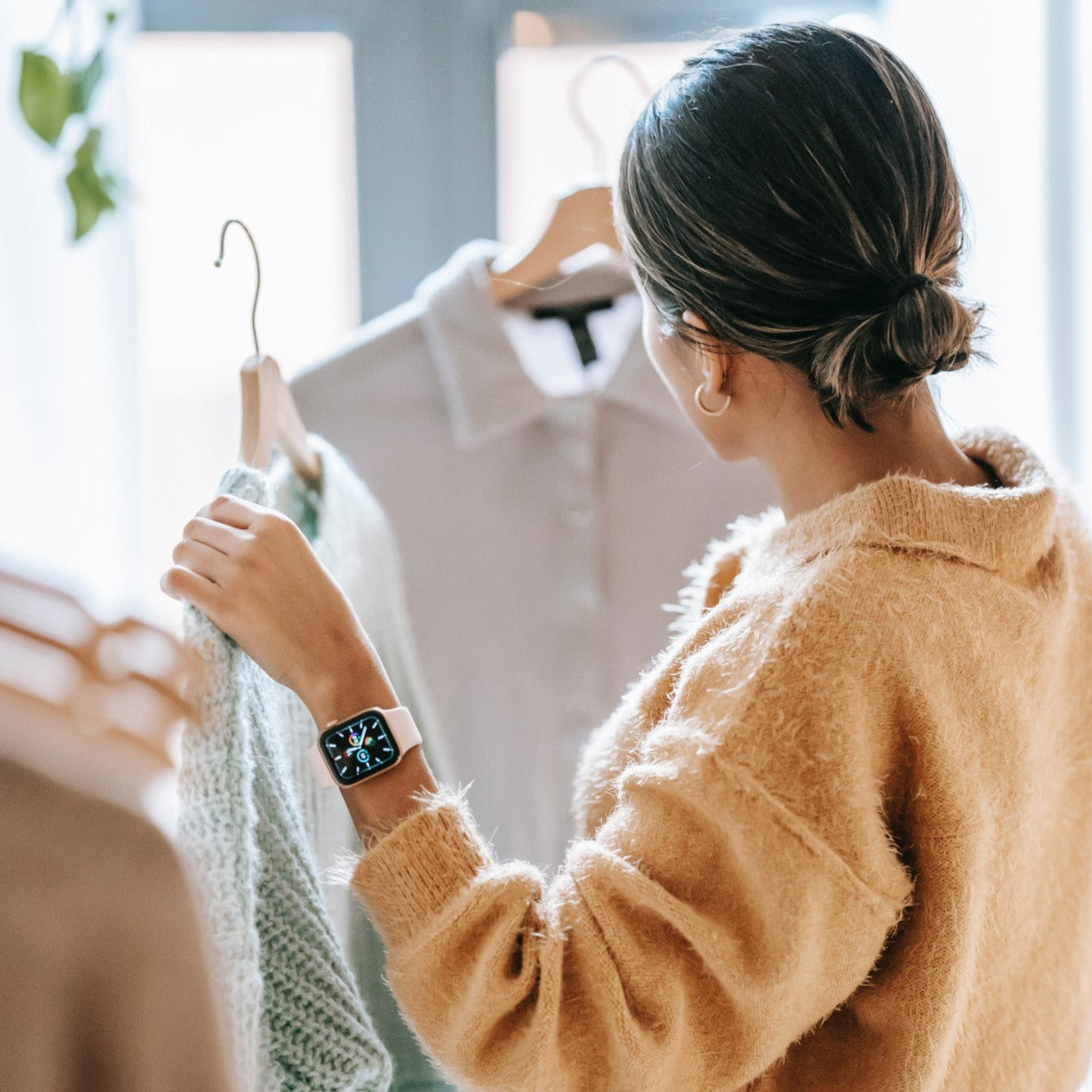
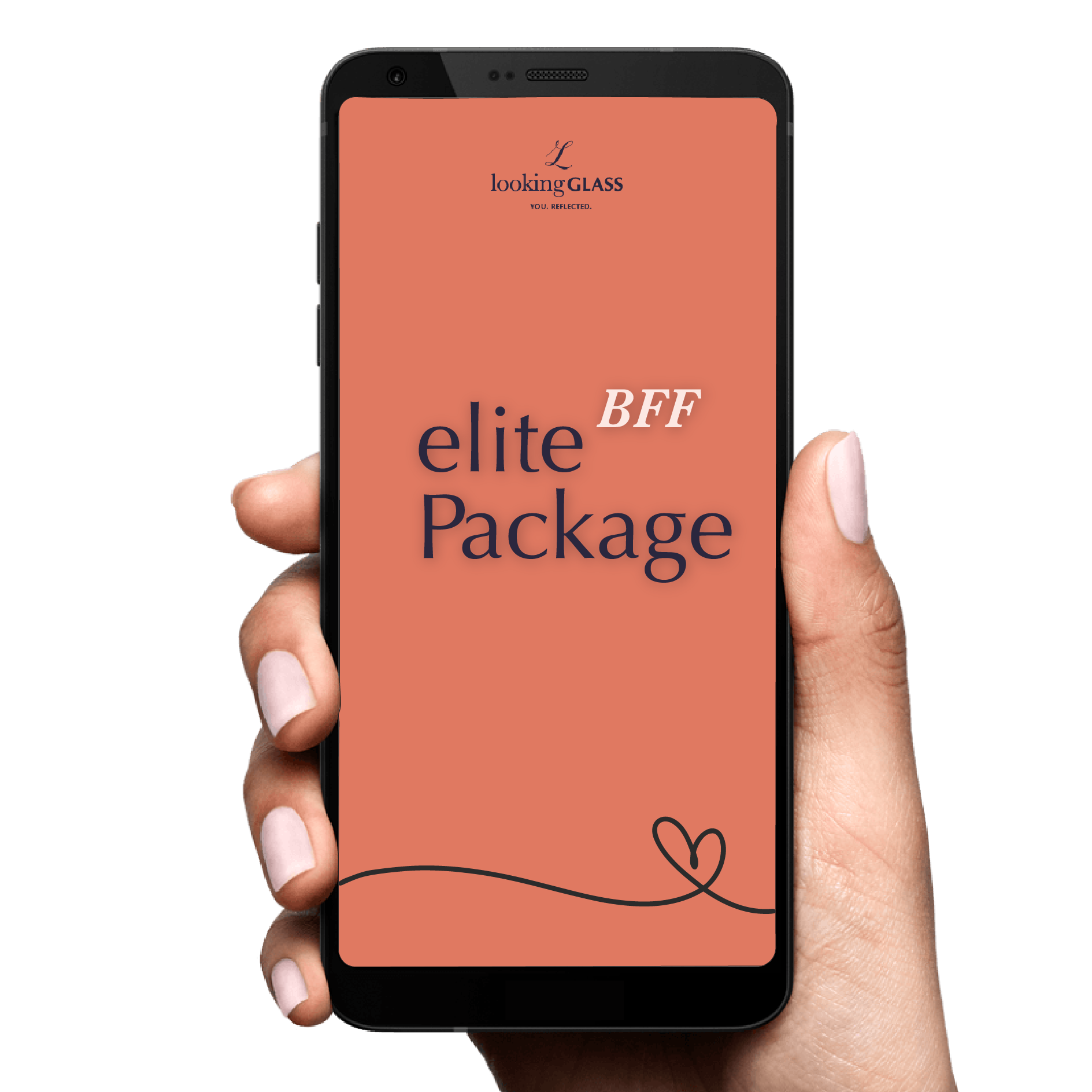

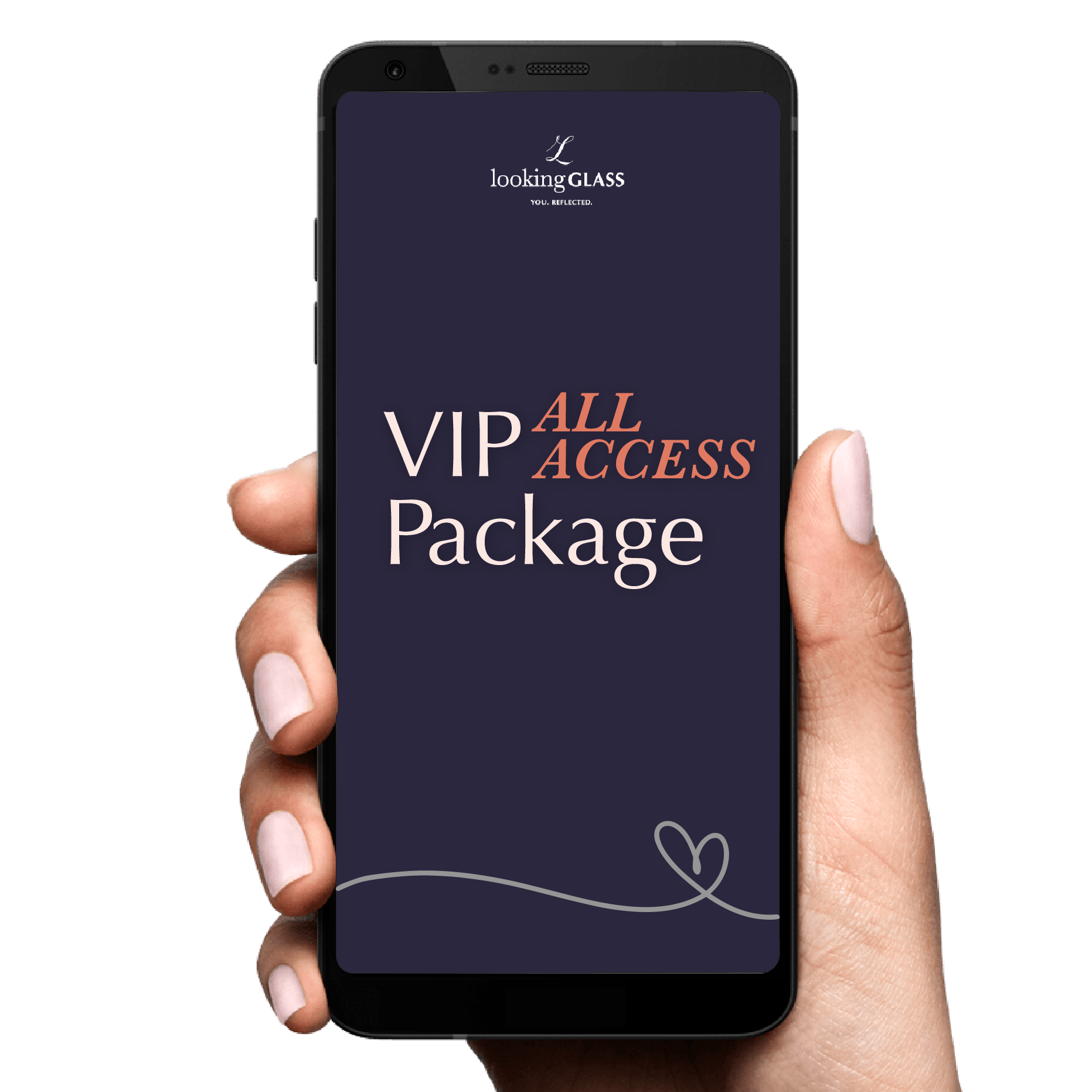

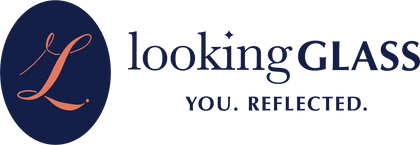

Title